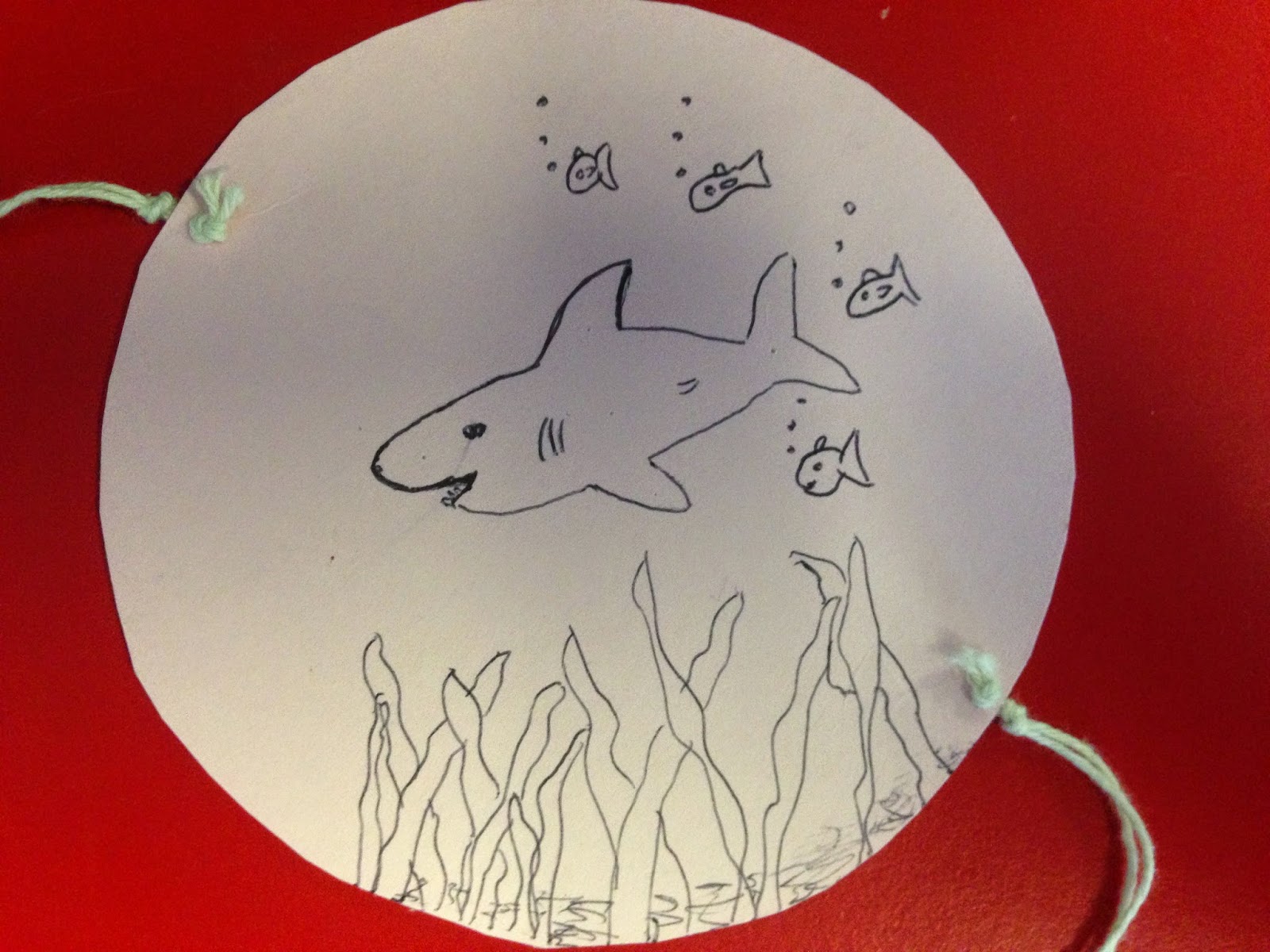"Sound effects play an important role in conveying action. Music helps Express emotion" Michael Geiser
As michael Geiser says here in this quote, Sound is such an important part of an animation. He states that music has the power to control the general emotion and feeling of parts of an animation or video. A good animation should take you on a journey, and keep you interested throughout. The sound effects and music has power to shape how your time is spent whilst on that journey. Simply choosing the right music and sound effects to accompany scenes in an animation can shape the success and quality of that animation. After all, Sound is one of five of our senses and needs to be engaged.
Just the use of music can create an image in a person's mind. It encourages you to use your imagination and has an impact on the way we watch something, the impact it has upon the way we watch something . If you were to watch a video twice: one time with a certain soundtrack music and use of sound effects, but then the second time with a completely opposing choice of soundtrack music and use of sound effects it could cause one to view that video completely differently and come away from it feeling completely different.
Catchy sound effects or music are great at encouraging people to remember a video or animation. This proves extremely useful for advertisers selling a product or an idea; especially if the words of the product, what the product does, or company name is held within the tune.
"The
right music can help your animation flow, and sound effects can give
your work a solid feeling that adds to the illusion of life." Mark Simon
What Mark Simon states here about sound effects is very true. Especially through stop-motion animation when your aim is to convince the audience that the characters on the set are alive and moving. It really helps to increase the audiences belief that they really are doing what they're doing by themselves.
Sound in films & animations:
Dialogue
Ambient or natural sound
Narration
Sound effects
Soundtrack
These are all important elements that is needed and will increase how real looking an animation is; as well as accompanyments which will make the story run smoothly and make sense. Even down to the smallest detail of the quiestest hiss during a peice of dialogue, or instead of complete silence (unless you want complete silence) can improve how believable it is.
"A truth whispered among animators is that 70% of a show's impact comes from the sound track" Michel Dougherty










